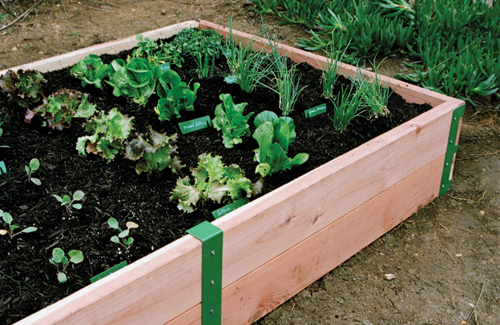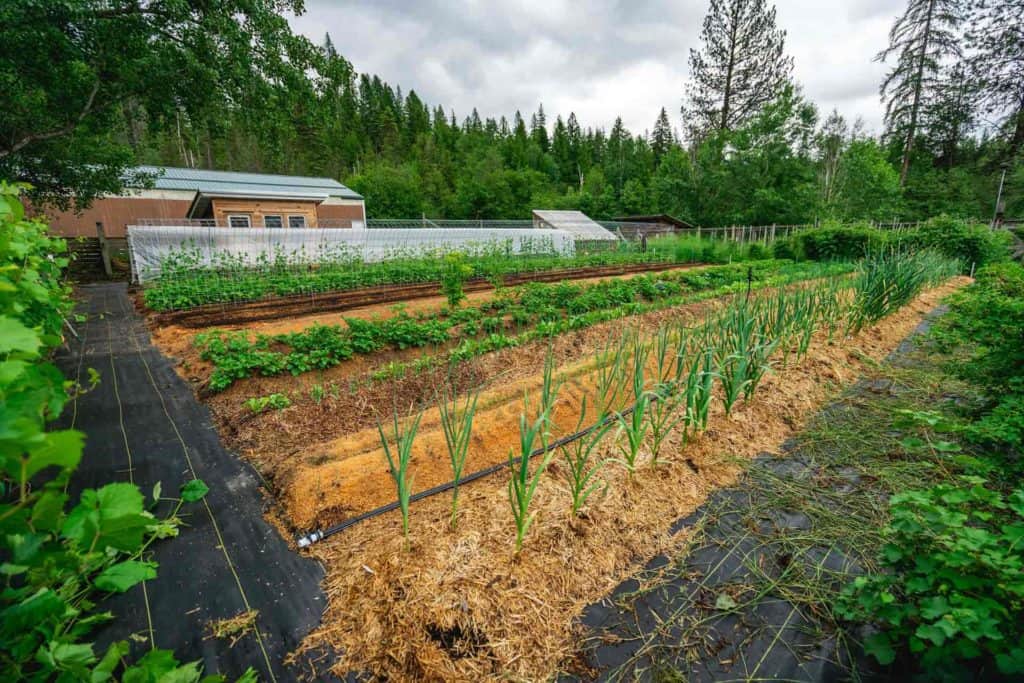Top Edible Plants for Homestead Gardening
Top Edible Plants for Homestead Gardening
Blog Article
Discover Essential Tips for Successful Horticulture Techniques and Practices
Gardening, commonly seen as an easy activity, encompasses a variety of techniques and methods that can dramatically influence the outcome of your initiatives. By prioritizing vital components such as soil wellness, effective watering approaches, and appropriate plant choice, garden enthusiasts can develop a successful ecological community that supports dynamic growth. Recognizing the nuances of insect management and seasonal maintenance can even more improve efficiency. Yet, lots of fanatics overlook crucial details that can make or break their gardening success-- checking out these ignored facets may expose the secret to cultivating a growing garden.
Comprehending Soil Health And Wellness
Soil wellness is an essential facet of successful gardening, as it straight affects plant growth, nutrient accessibility, and ecosystem equilibrium. Healthy dirt is characterized by an abundant biodiversity of microorganisms, raw material, and a balanced pH degree, which together produce a setting for plant growth.
To comprehend dirt health, one need to consider its physical, chemical, and organic residential or commercial properties. The appearance and structure of soil influence its ability to maintain moisture and nutrients, while the chemical structure establishes the availability of necessary elements like nitrogen, potassium, and phosphorus. Routine dirt testing is important to assess these elements, permitting gardeners to make educated choices pertaining to plant foods and modifications.
Moreover, promoting biological activity within the dirt is crucial for keeping its health. Practices such as composting, crop rotation, and using cover plants can boost microbial diversity, improve nutrient cycling, and decrease soil erosion. By focusing on dirt wellness, garden enthusiasts not just optimize plant growth yet additionally add to a lasting community, making sure that their horticulture methods are eco responsible and resilient over time.
Effective Watering Strategies
Making certain that plants obtain the appropriate amount of water is vital for their wellness and growth, specifically when paired with a solid structure of dirt health and wellness (Homestead Gardening). Effective sprinkling techniques can significantly affect plant vigor, decreasing water wastage and promoting optimal development
One essential method is deep watering, which motivates roots to expand much deeper right into the dirt, boosting dry spell resistance. This technique usually involves watering much less regularly yet in larger quantities, enabling moisture to pass through the origin area thoroughly. Timing is also crucial; morning is the perfect time to water, as it minimizes dissipation and allows vegetation to completely dry during the day, lowering condition threats.
Furthermore, using mulch can aid retain soil dampness and regulate temperature level, more helping reliable sprinkling methods. Making use of a drip watering system can also supply targeted dampness directly to the origins, ensuring that water reaches where it's most required while conserving sources.
Keeping track of rains and dirt moisture levels can direct changes in your watering timetable, guaranteeing plants get regular hydration without over-saturation. By taking on these effective watering methods, garden enthusiasts can cultivate a growing environment for their plants to thrive.
Plant Choice and Positioning
Just how can the appropriate plant selection and strategic placement transform a garden into a growing environment? The harmony in between plant selections and their positioning is crucial for creating a dynamic garden. When choosing plants, think about elements such as climate, soil type, and sunlight exposure. Native species are frequently the most effective option as they are adapted to regional conditions and require less upkeep.
Strategic positioning entails setting up plants according to their growth habits and needs. Taller plants need to be placed at the back of boundaries to avoid shielding shorter plants. Additionally, organizing plants with similar water and light requirements can boost their growth and reduce competitors for sources.
Incorporating a variety of plants not only adds visual charm but additionally promotes biodiversity, bring in valuable insects and pollinators. Take into consideration the seasonal modifications in your yard; choose a mix of evergreens, annuals, and perennials to make sure year-round interest.
Last but not least, remember to analyze the mature dimension of plants before growing to avoid congestion and ensure appropriate air circulation. Thoughtful plant choice and strategic placement develop a harmonious atmosphere, allowing your garden to prosper while reducing obstacles.
Pest and Illness Monitoring
Efficient parasite and illness monitoring is important for preserving a healthy garden environment - Homestead Gardening. An aggressive method, integrating social, biological, and chemical techniques, can dramatically decrease the effect of parasites and diseases best site on your plants

Organic controls, such as presenting beneficial insects like ladybugs or aggressive termites, can maintain parasite populaces description in check without harming the environment. Furthermore, preserving plant health and wellness via correct watering, fertilizing, and pruning will reinforce their durability against illness.
When treatment is essential, decide for targeted chemical therapies, ensuring to follow application guidelines to reduce damage to non-target organisms. Always prioritize sustainable techniques, as they advertise long-lasting yard health and wellness and environmental balance. By incorporating these strategies, garden enthusiasts can properly take care of conditions and parasites, making certain growing plants and an effective garden.

Seasonal Upkeep Practices
In springtime, emphasis on dirt preparation by screening pH degrees and including essential modifications. Consistently examine emerging plants for diseases and bugs.
As summer season approaches, ensure ample watering while keeping track of for indications of anxiety or condition. Prune back disordered plants to motivate air blood circulation and decrease moisture around foliage. This method not just enhances plant wellness but likewise advertises flowering and fruiting.
With the arrival of fall, it's time to plan for winter season. Tidy up fallen leaves and debris to protect against insect invasions, and take into consideration planting cover crops to improve dirt health. This period is additionally perfect for splitting perennials and growing spring-flowering light bulbs.
Conclusion
Effective gardening joints on the combination of sound practices in soil wellness, watering, plant option, parasite monitoring, and seasonal upkeep. By prioritizing soil screening and microbial variety, utilizing efficient watering strategies, and picking ideal plants, garden enthusiasts can produce flourishing communities.
By prioritizing crucial components such as soil health, reliable sprinkling techniques, and appropriate plant option, garden enthusiasts can create a thriving ecosystem that sustains lively growth. By focusing on dirt health and wellness, garden enthusiasts not just Resources optimize plant development however likewise contribute to a lasting community, ensuring that their horticulture practices are resistant and ecologically responsible over time.
Taller plants need to be placed at the back of borders to prevent shielding shorter plants. Tidy up fallen leaves and particles to avoid pest problems, and consider growing cover crops to enhance dirt health and wellness.Effective gardening hinges on the combination of audio practices in soil health and wellness, watering, plant choice, parasite administration, and seasonal maintenance.
Report this page